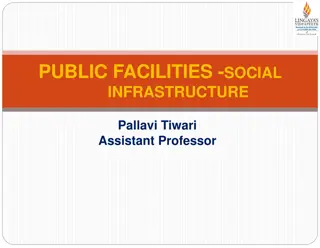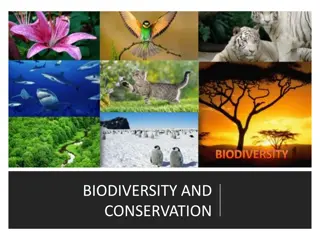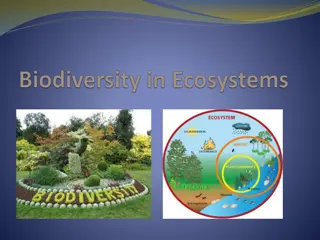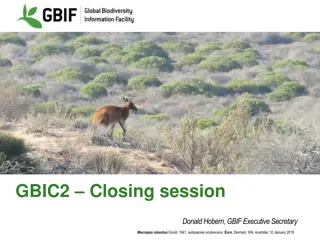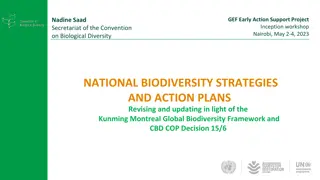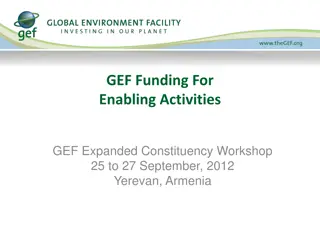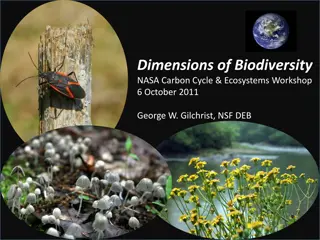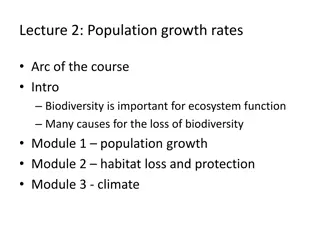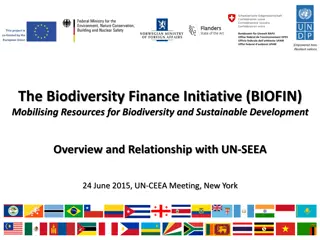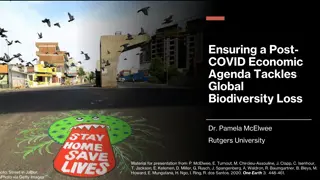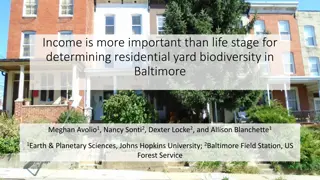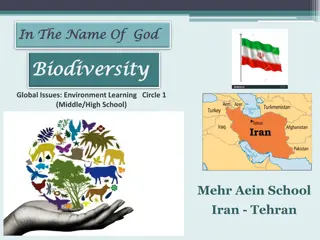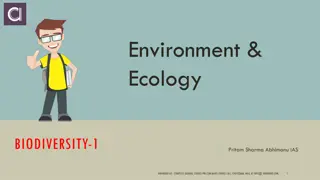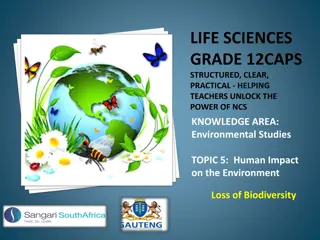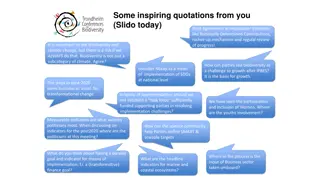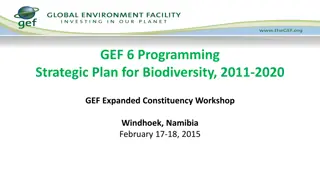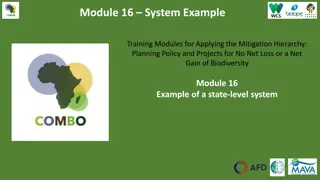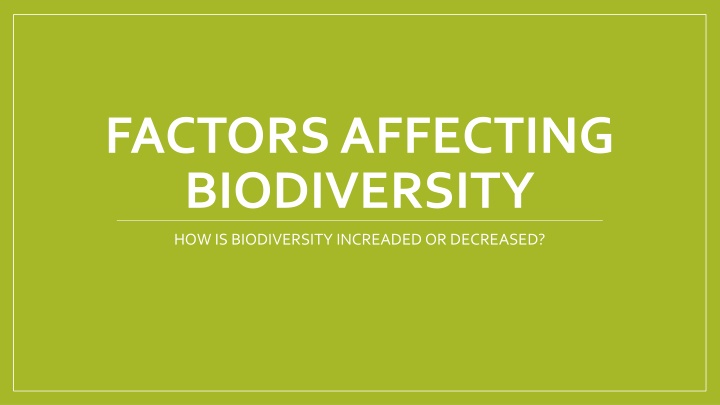
Factors Affecting Biodiversity and Climate Change Impacts
Explore the factors influencing biodiversity such as population growth, agriculture, deforestation, and climate change. Understand the effects on biodiversity, including habitat loss, chemical use, and disease resistance. Discover the key findings on climate change and its potential impacts on ecosystems globally.
Download Presentation

Please find below an Image/Link to download the presentation.
The content on the website is provided AS IS for your information and personal use only. It may not be sold, licensed, or shared on other websites without obtaining consent from the author. If you encounter any issues during the download, it is possible that the publisher has removed the file from their server.
You are allowed to download the files provided on this website for personal or commercial use, subject to the condition that they are used lawfully. All files are the property of their respective owners.
The content on the website is provided AS IS for your information and personal use only. It may not be sold, licensed, or shared on other websites without obtaining consent from the author.
E N D
Presentation Transcript
FACTORS AFFECTING BIODIVERSITY HOW IS BIODIVERSITY INCREADED OR DECREASED?
Natural habitat Research how much virgin rainforest still exists on each of the main continents What does this mean for the biodiversity of these areas? Why can t we just plant more? Research Dutch elm disease and it s effect on the British countryside
Learning objectives To demonstrate knowledge of the factors affecting biodiversity, including human population growth, agriculture, and climate change
What impact has the increasing population had? https://www.youtube.com/watch?v=rEkc70ztOrc Agriculture Main impacts; Loss of habitat e.g.? Use of chemicals e.g.? Disease resistance e.g.? Pollution of waterways e.g.? Creation of monocultures e.g.?
Deforestation https://www.youtube.com/watch?v=AVh2DEgpvsM Make a list of all the problems that deforestation causes and why it is still used
Climate change 15 of the hottest years recorded have been in this millennium quite an achievement when you realise there have only been 16 full years in this millennium! http://www.telegraph.co.uk/news/earth/environment/cli matechange/11286404/Watch-Climate-change- explained-in-60-second-animation.html https://www.ted.com/talks/james_hansen_why_i_must_ speak_out_about_climate_change
Climate change Key findings of the 2007 Intergovernmental Panel on Climate Change (IPCC) report; Trend of last 50 yrs is twice that of previous 100 yrs Average atmospheric water vapour has been increasing since 1980, consistent with warmer air temperatures Average ocean temperatures have increased since 1961 Average sea level rose by 1.8mm between 1961-2003 Average Arctic temperatures increased twice average rate in last 100 yrs Mountain glacier and snow cover is declining Average global precipitation are trending upwards since early 1900
Climate change Possible effects of Climate change on biodiversity: Melting of polar ice caps, leading to migration of species North Higher temperatures and lower rainfall will lead to loss of many plants and an increase in xerophytes (drought- resistant plants) and loss of animal species due to food shortages Changes in insect life-cycles sue to temperature changes, affecting pollination of plant species and spread of plant diseases
Testing your understanding Research adaptation of xerophytes Research endemic species and how they will be affected by Climate Change Test your understanding by carrying out the activity on page 290 of your text book


